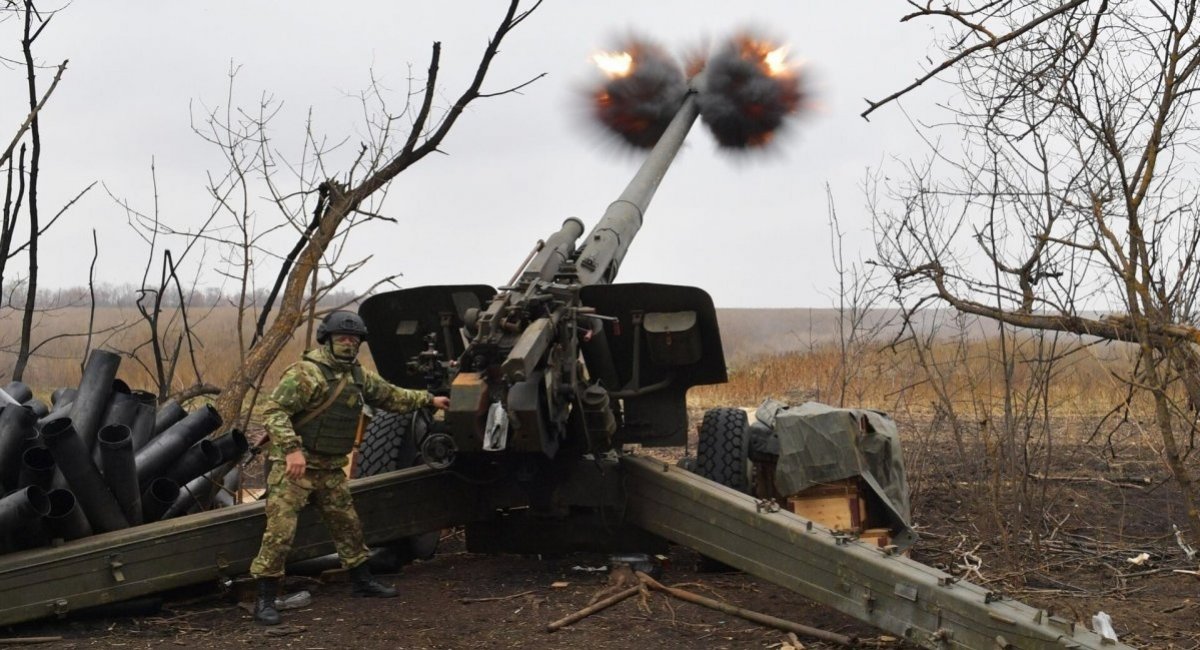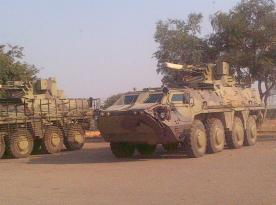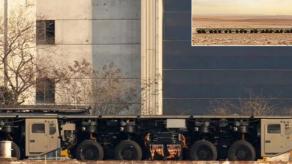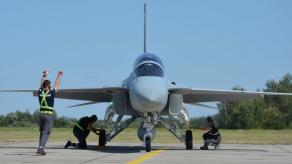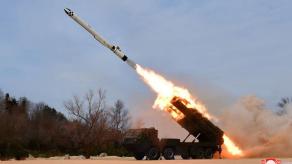The London-based Royal United Services Institute (RUSI) has published a detailed study on artillery production, components, and ammunition manufacturing in the russian federation, focusing on identifying critical weak points in the production chains that, if targeted, could disrupt the process.
The report, prepared by a team of Ukrainian and British experts, emphasizes that current Western sanctions largely focus on high-priority electronic components used across the entire russian defense industry instead of trying to disrupt specific supply chains.
Read more: russia Halts Production of Su-57 Stealth Fighters
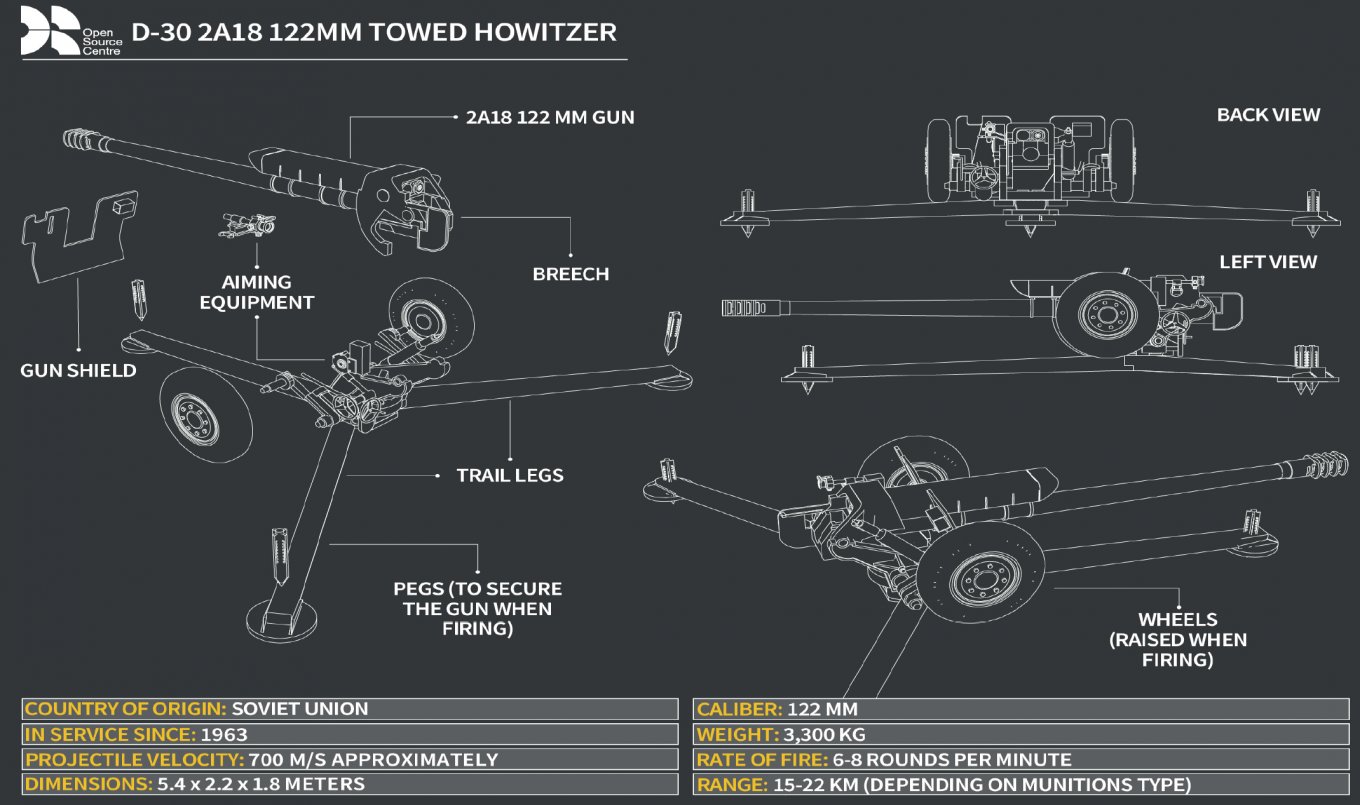
Defense Express points out that the key part of the artillery supply chain is the production of artillery barrels. The barrel is the most crucial component of an artillery gun that bears the load of firing between 7,000 and 16,000 shells daily and thus enables the "wall of fire" — the tactic that the russian army heavily relies on during its offensive operations in Ukraine.
Usually, barrels wear out after 2,000 to 6,000 shots. As wear increases, firing accuracy degrades, and the likelihood of barrel burst accidents rises. This drives the need for russia to constantly produce artillery barrels in large quantities.

According to the RUSI report, only four enterprises in russia are involved in artillery barrel production. The primary producers are Plant No. 9 in Yekaterinburg and Titan-Barrikady in Volgograd. There are also indications of ongoing production at the bankrupt Motovilikha Plant in Perm and the Burevestnik Research Institute in Nizhny Novgorod. While Uraltransmash in Yekaterinburg is a known final assembler of russian artillery, it has not been observed producing barrels at scale.
Despite technically the entire production cycle being done within russia, several bottlenecks could be exploited by Western sanctions. One key vulnerability is russia's dependence on imported chromium, which is used to line the inner surface of artillery barrels, extending their service life by 2.5 to 3 times. While russia mines 1.5–2 million tons of chromium ore domestically, it procures an additional 1.5 million tons abroad. Moreover, russian chromium is of inferior quality.
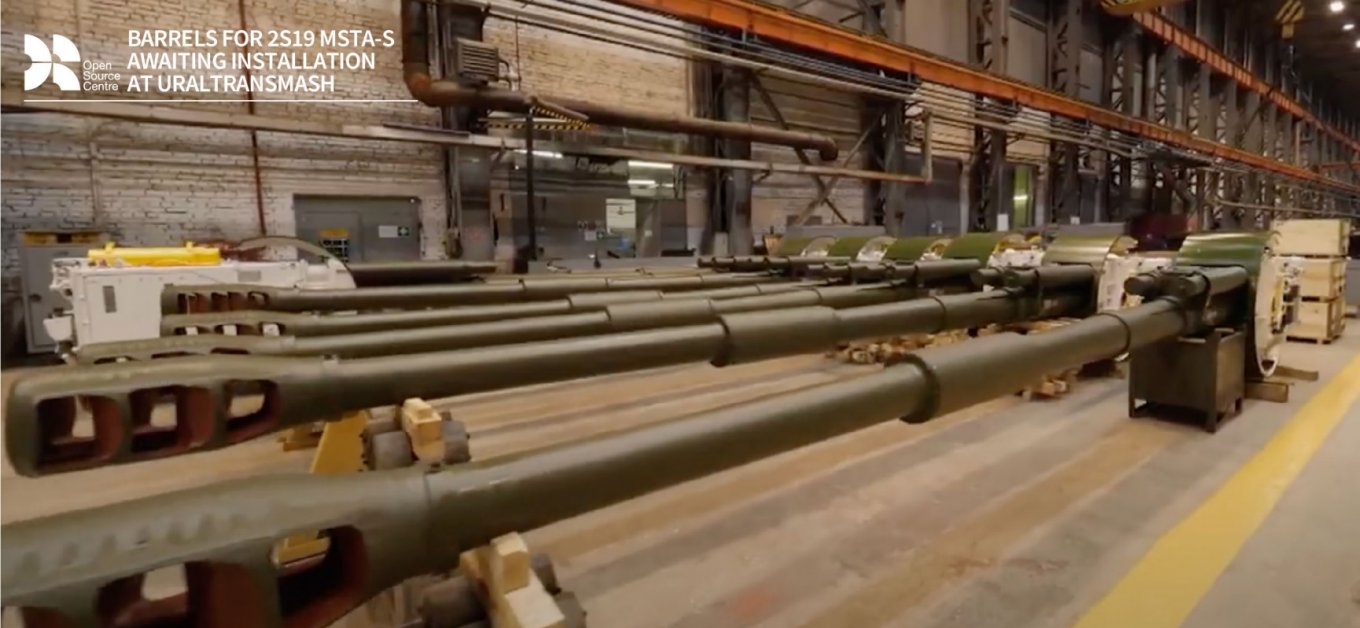
Titan-Barrikady, for instance, receives chromium from Kazakhstan’s Aktobe Ferroalloy Plant, with purchases totaling USD 9 million between March and May 2024. Although Kazakhstan is russia's main supplier, some chromium is also sourced from EU countries and the USA, typically in the form of re-exported South African ore.
Even a total blockade of chromium imports would not completely halt barrel production in russia due to its domestic reserves and stockpiles. However, it would complicate the production process and cut down the batches in the long term.
The second weak point lies in the manufacturing equipment involved in the production process, which includes extremely complex high-precision machines that turn a steel blank into a barrel.

Back in the day, even the USSR, despite total sanctions and the Iron Curtain, purchased this equipment from Western countries. During the 1970s, for example, the Soviet Union bought 26 automated rotary forges from Austrian company GFM; one of these machines, the SXP 55, had the unique ability to produce 203mm barrels for the monstrously big 2S7 Pion artillery system.
In the 1980s, the CIA estimated Soviet barrel production at 14,000 per year. Side note, later in the 2010s, GFM once again supplied barrel manufacturing machines to russia to replace those from the 1970s.
However, obtaining Western equipment has become more challenging in recent years, so russia turned to Chinese manufacturers, whose equipment lacks the precision and reliability of their Western counterparts. The RUSI report indicates that 63–65% of russia's main production equipment has already reached or is nearing the end of its operational life.
The authors conclude that applying pressure on Beijing, which depends on Western subsidiaries and imported components for its production equipment, should make it impossible for russia to acquire Chinese manufacturing equipment. Though worth noting, while China has become a major re-export hub for Western machinery to russia, it is Turkiye that is currently the largest supplier, and Ankara has so far faced insufficient pressure in this regard.
Read more: With $140 Billion Spending Plan For 2025, russia Prepares For a Decades-Long War With Ukraine



